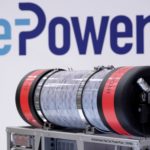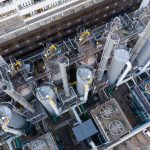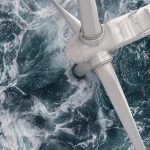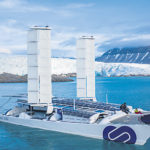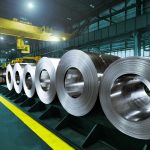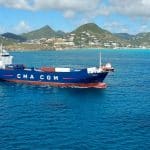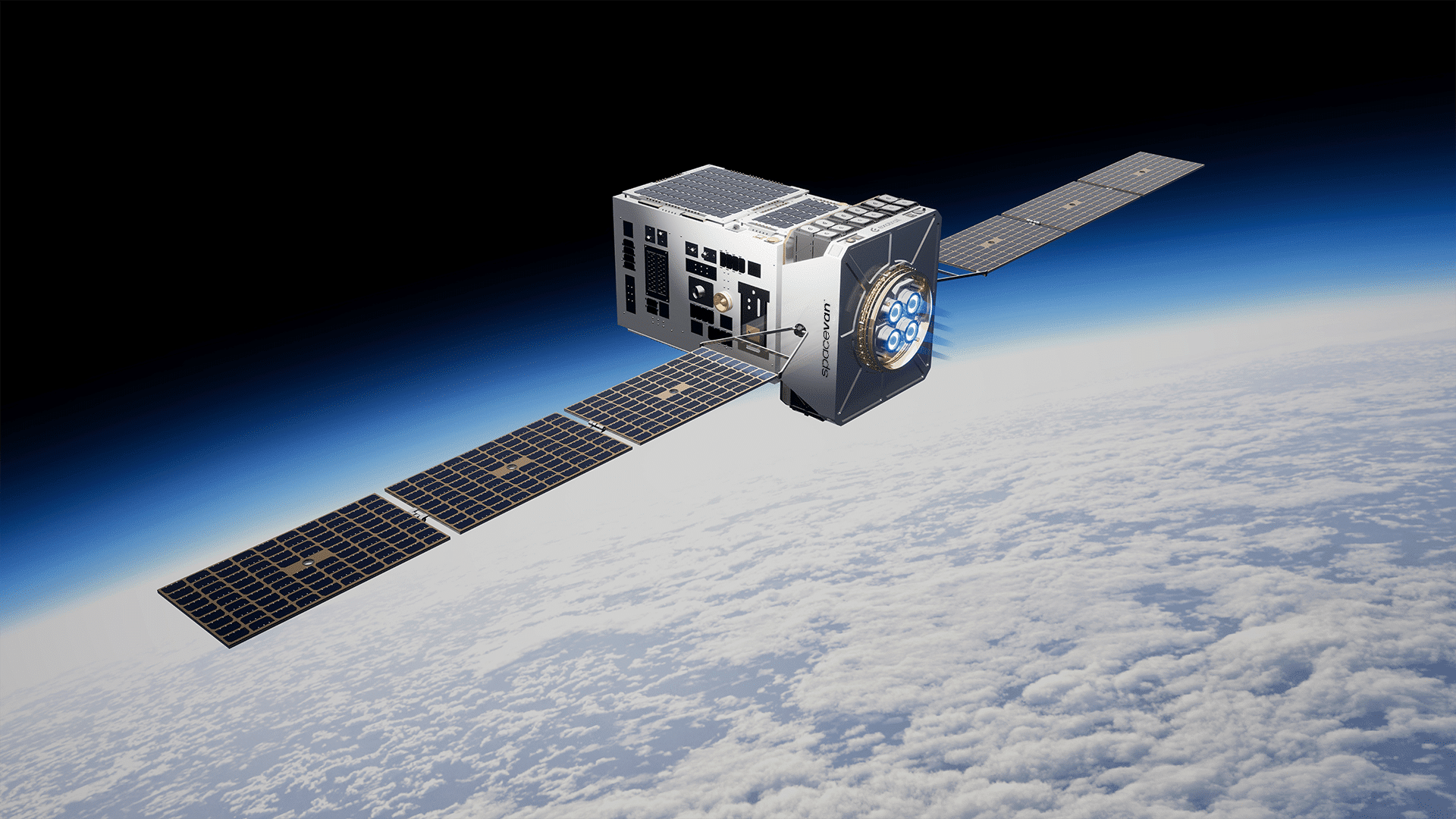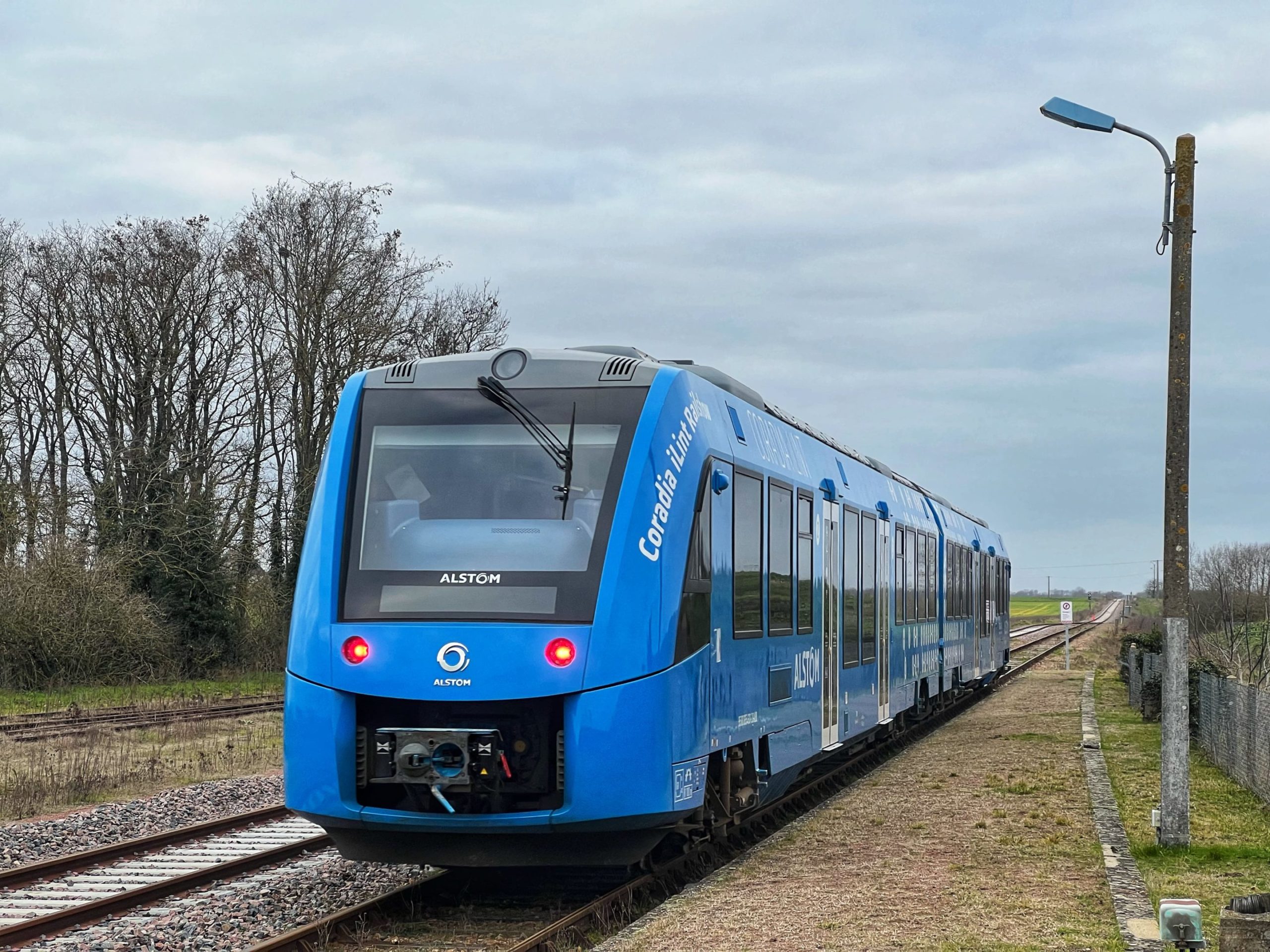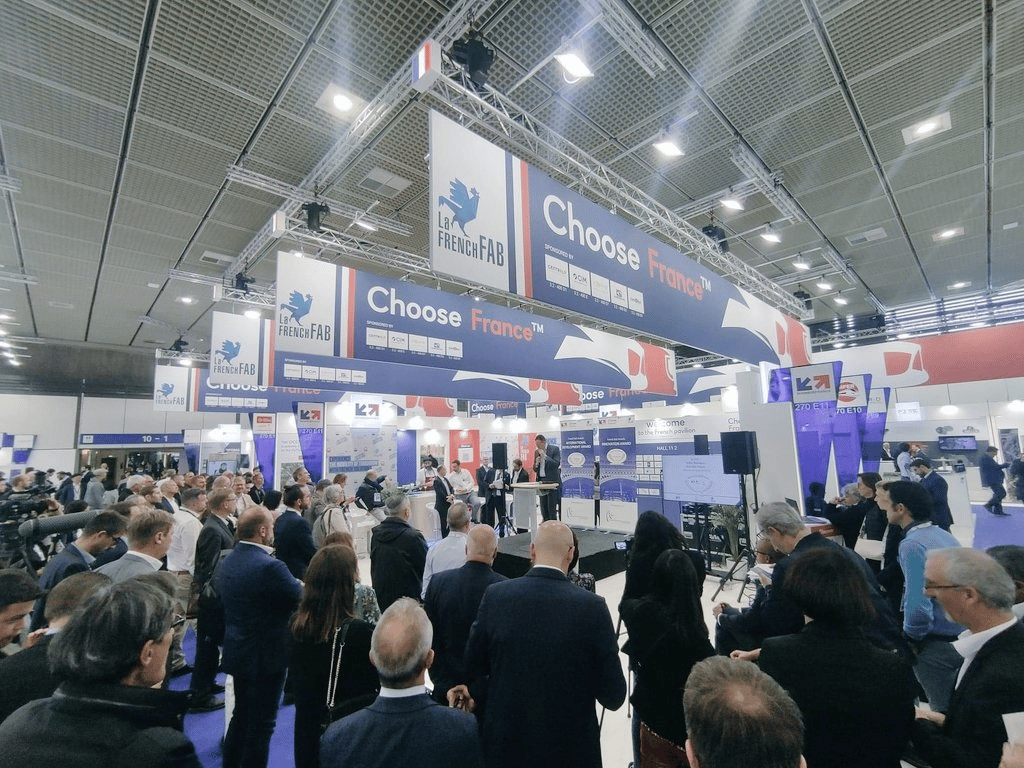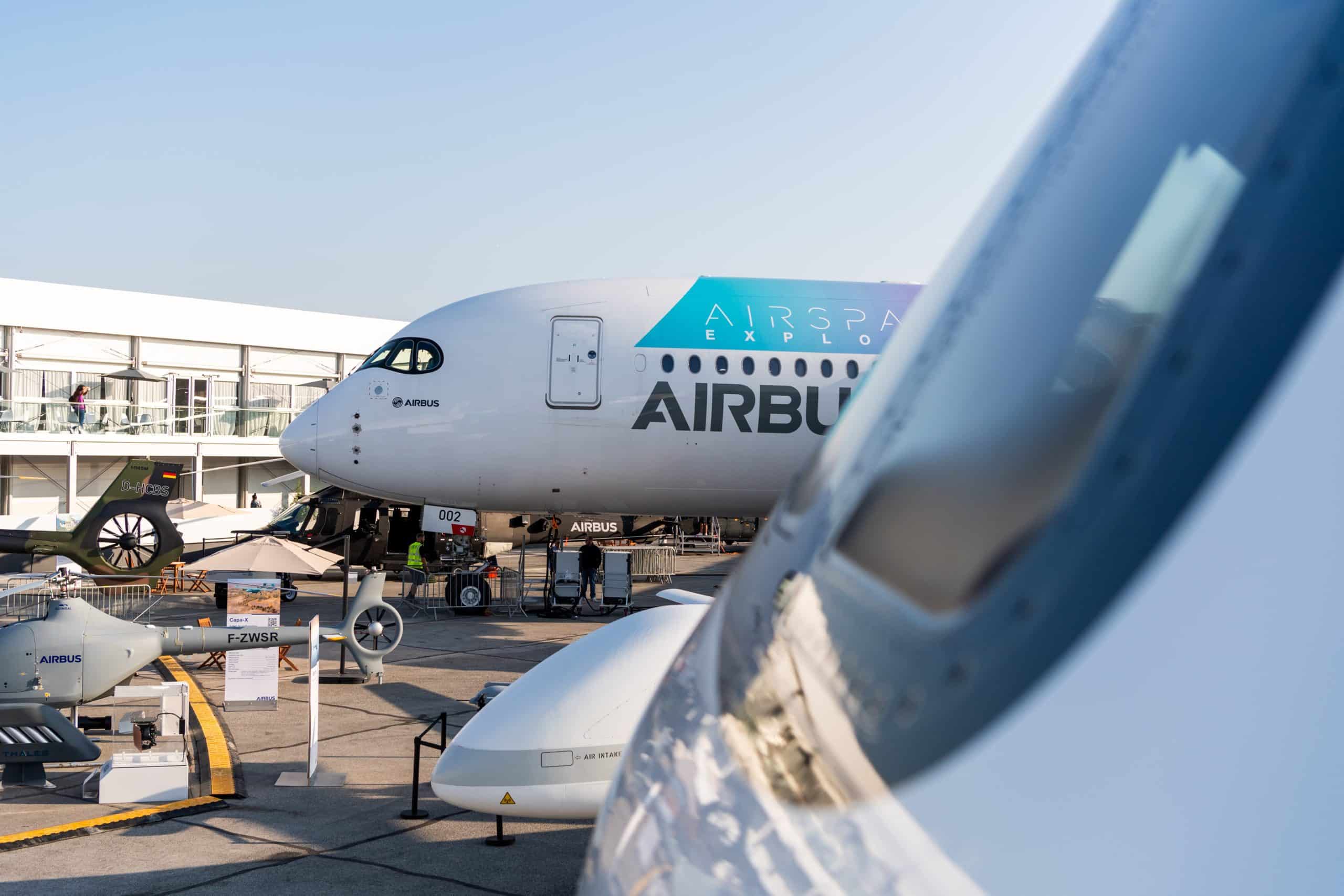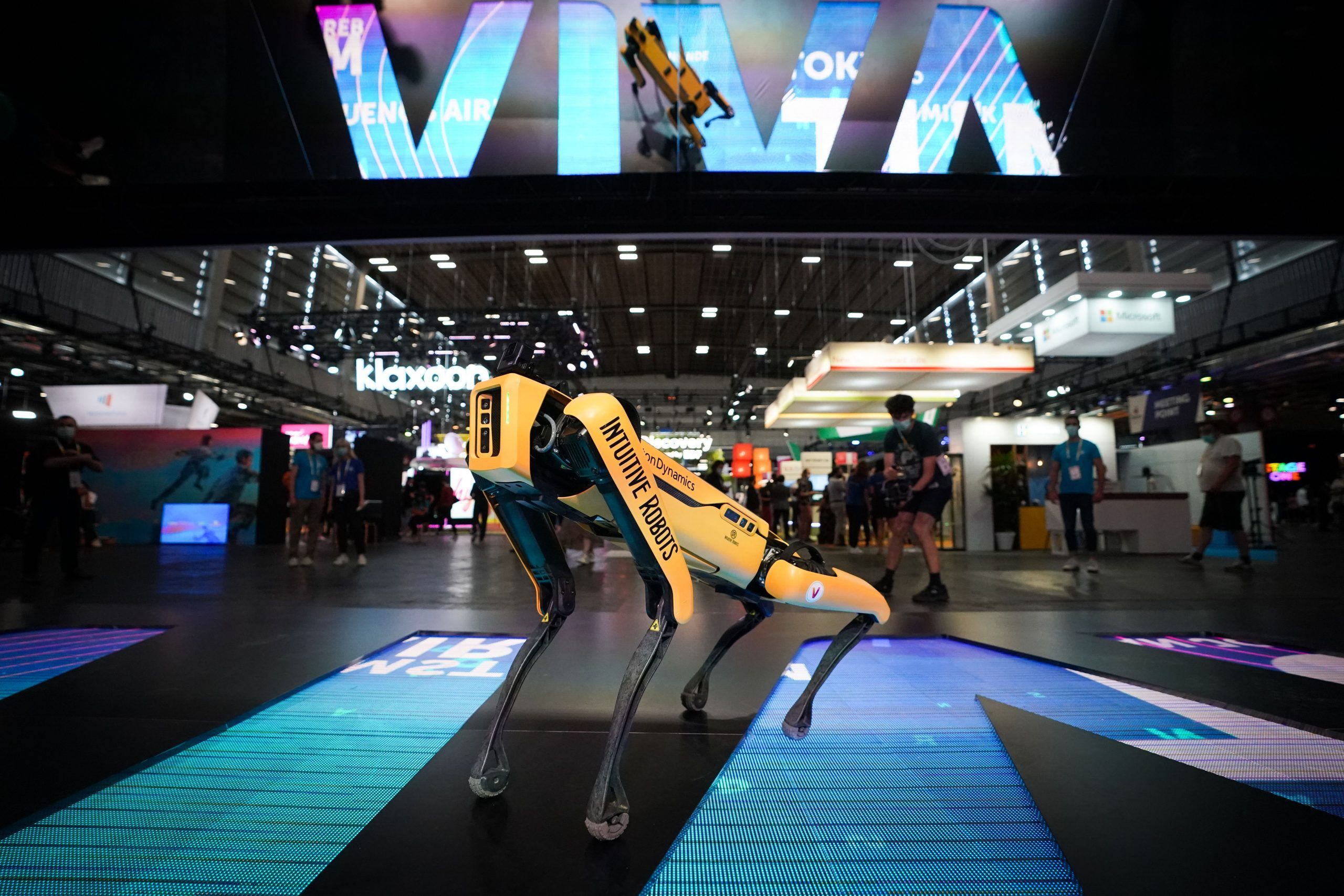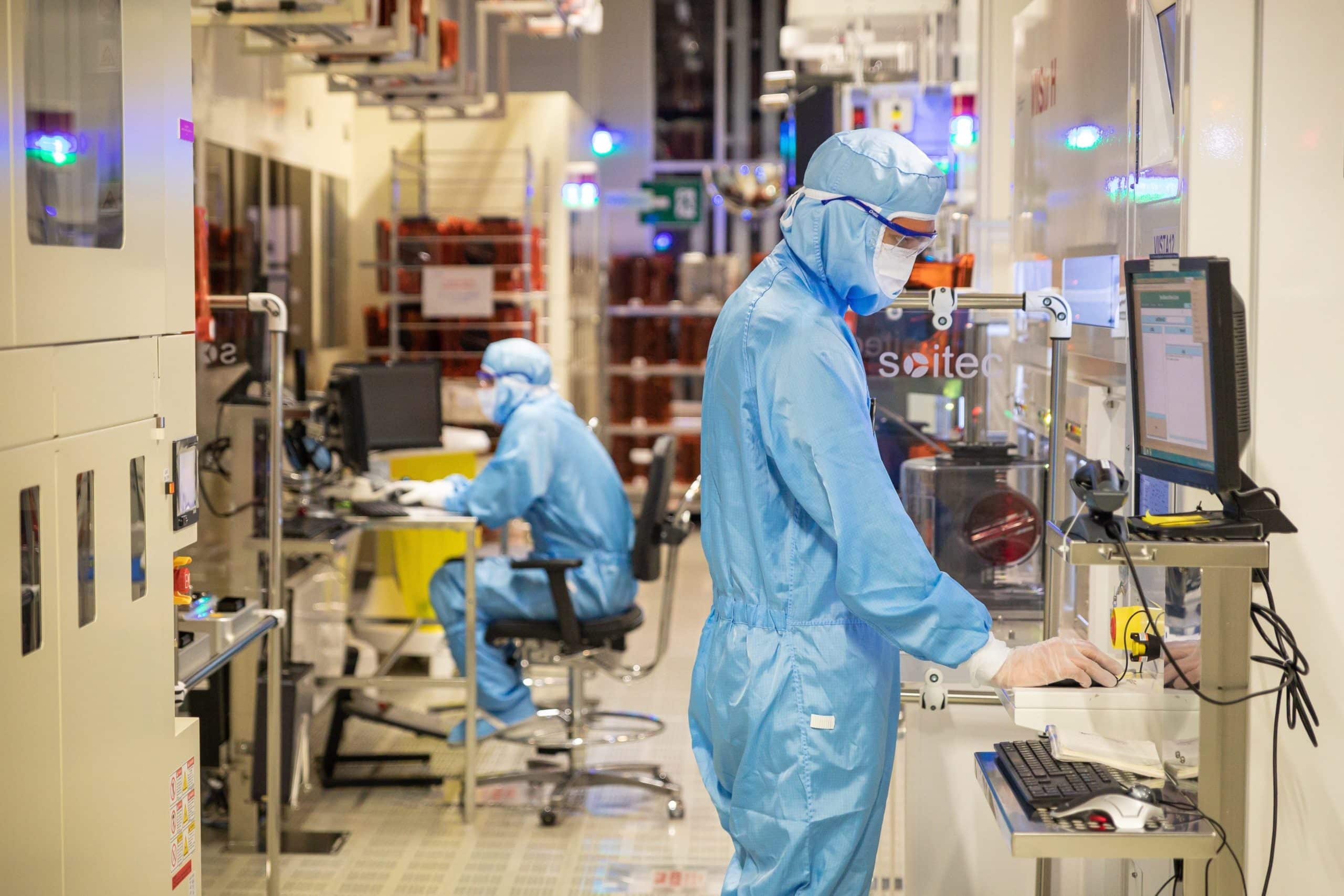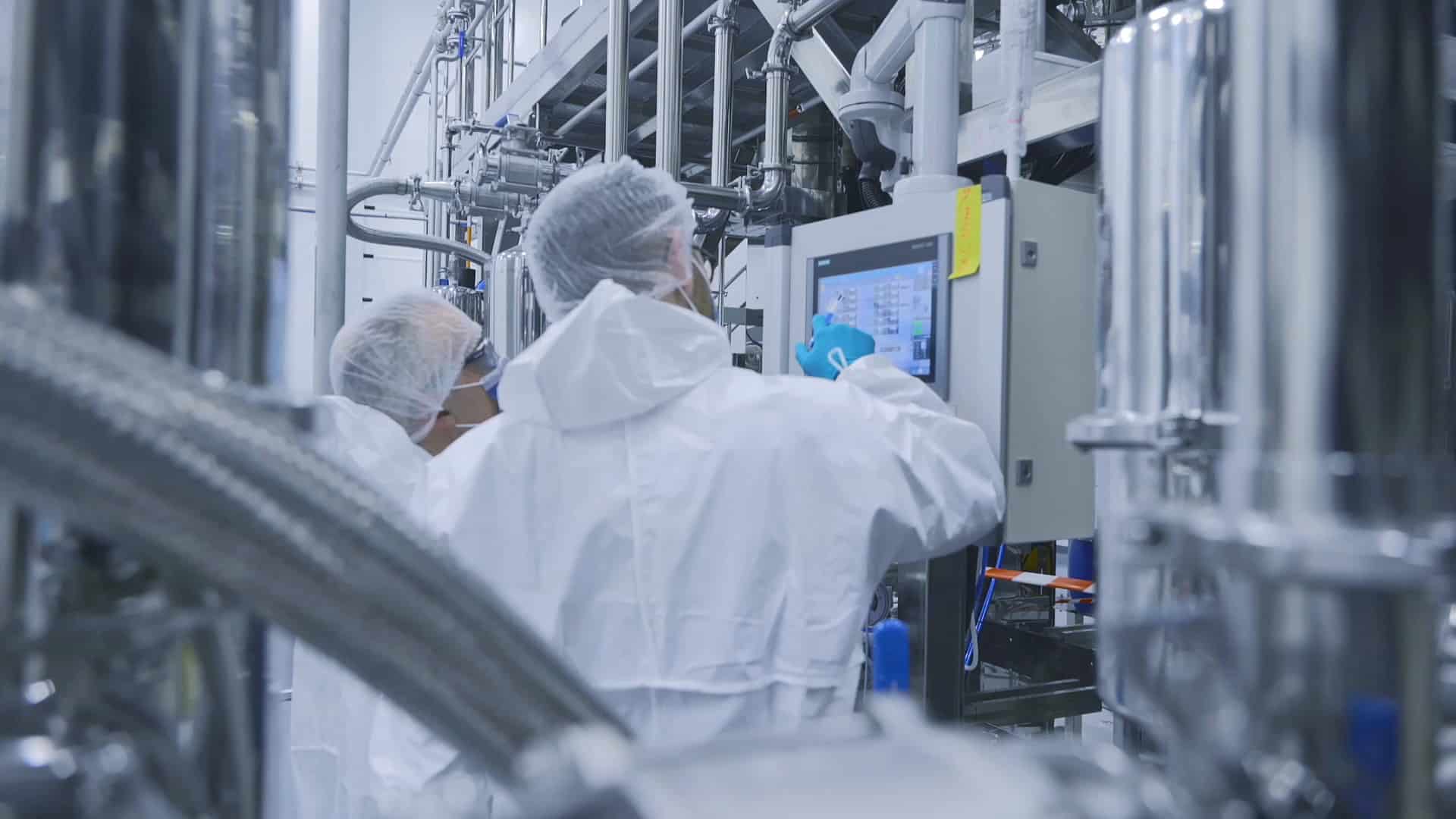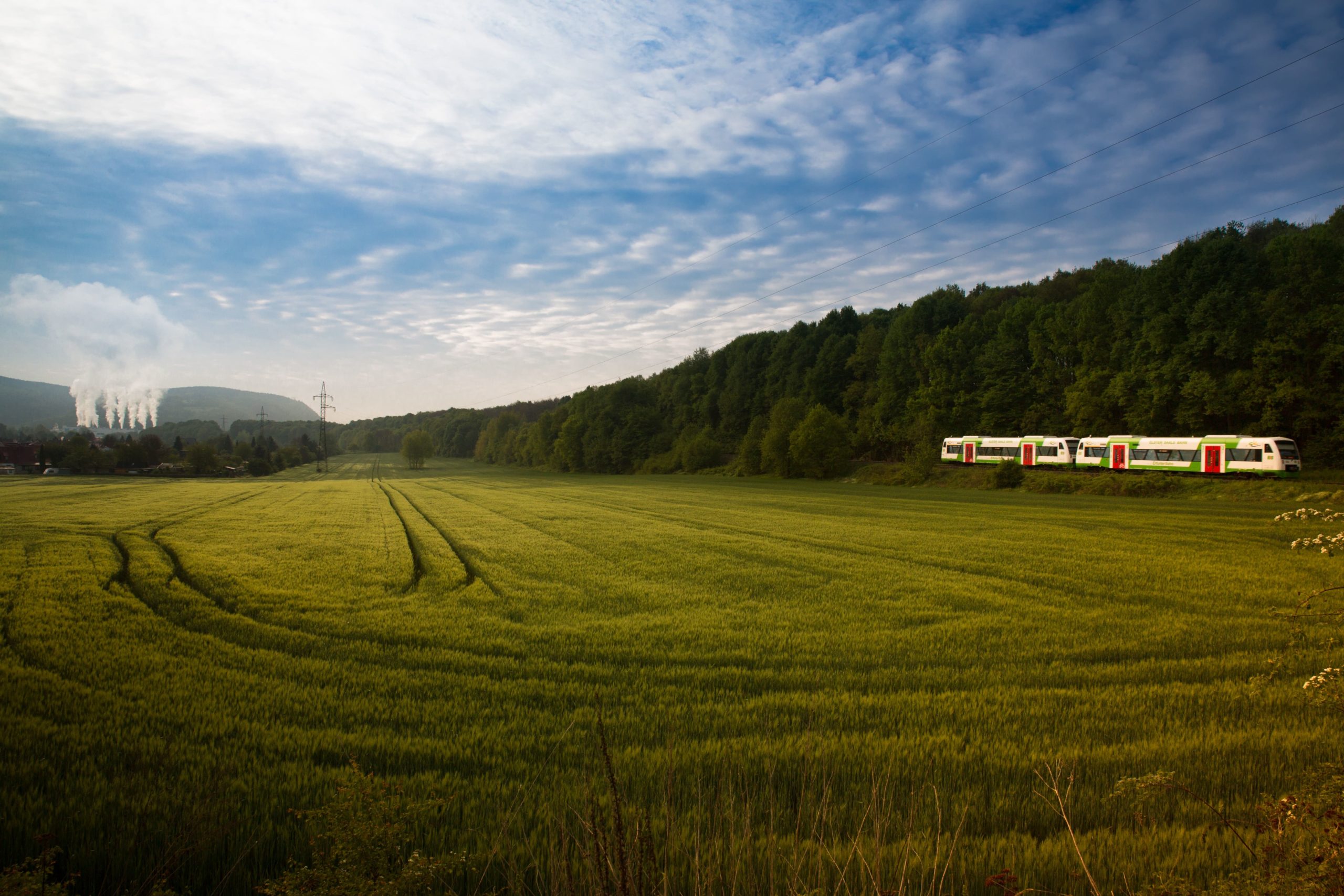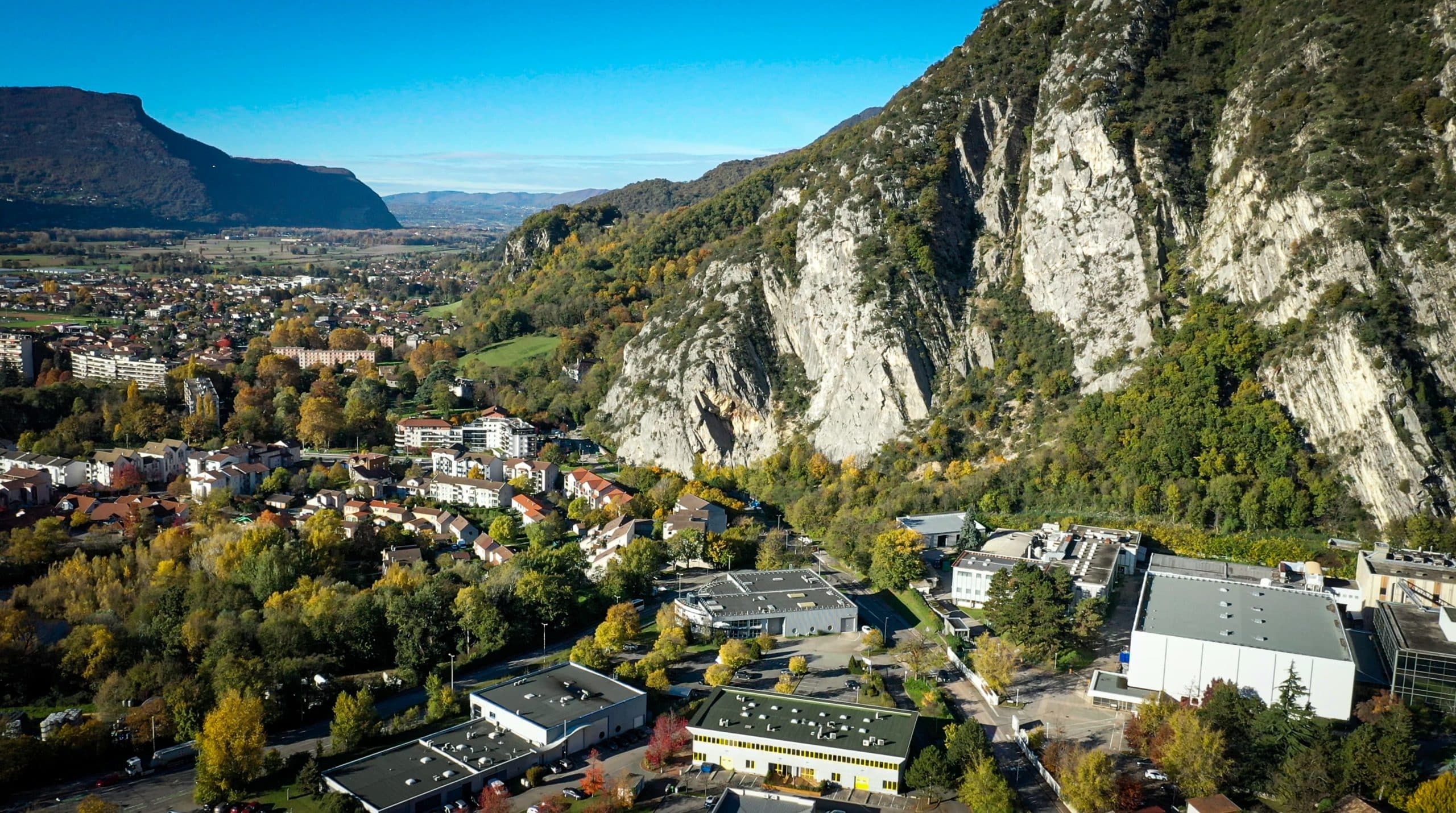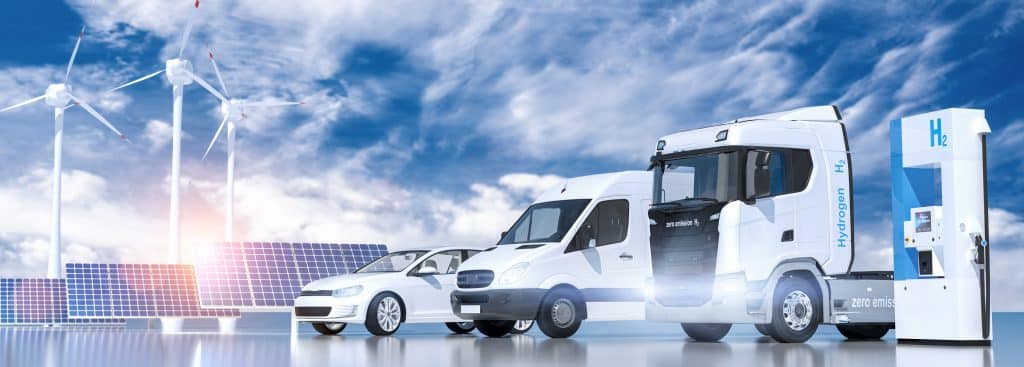
The world’s largest producer of green hydrogen from renewable energy (offshore wind farm) is going public and projects revenues of €200 million by 2026 and a stock market valuation of €500 million. Lhyfe, which posted revenues of just €200,000 in 2021 with a generating capacity of 0.75 MW, intends to increase its revenues tenfold and produce 3 GW per day by 2030, matching energy giant EDF (Electricité de France). The goal? To become a global player in green hydrogen production.
At present, Lhyfe operates just one plant on the south-west coast of France, which uses wind energy and sea water to generate green hydrogen by electrolysis. However, the plant is a world first in that it is powered entirely by renewable energy and is not connected to the electricity grid. The green hydrogen it produces is compressed and used as a clean fuel for city buses across the region and for forklift trucks at logistics sites.
In 2021, green hydrogen accounted for just 2% hydrogen production in Europe but owing to the energy transition and growing global demand (which is expected to increase sixfold by 2050), green hydrogen should make up 60% of demand by 2050. It is an extremely promising market, in which Lhyfe plans to take a leading position.
The French Fab startup is going public on Euronext Paris
Lhyfe plans to raise up to €200 million, including bonds convertible into shares, and will be listed on Euronext Paris as of May 23rd. Investors can purchase shares at an open price until May 19th. Lhyfe estimates that its shares are worth between €8.75 and €11.75. Portuguese energy producer EDPR and Japanese conglomerate Mitsui have already bought stakes in Lhyfe, which could be valued at over €500 million.
Lhyfe plans to expand its European presence
Lhyfe intends to use this additional capital to finance 93 development phase projects across Europe, focusing on hydrogen production for industry and transport. These projects, which aim to generate a total of 4.8 GW by 2028, include the delivery of a 100-MW electrolyser to Denmark in 2025 and the supply of hydrogen to trains built by Siemens for Deutsche Bahn.
To reduce transport costs, given that hydrogen is much more voluminous than oil, green hydrogen will be produced close to where it will be used. Lhyfe will therefore have numerous small or medium-sized production sites all over Europe.

